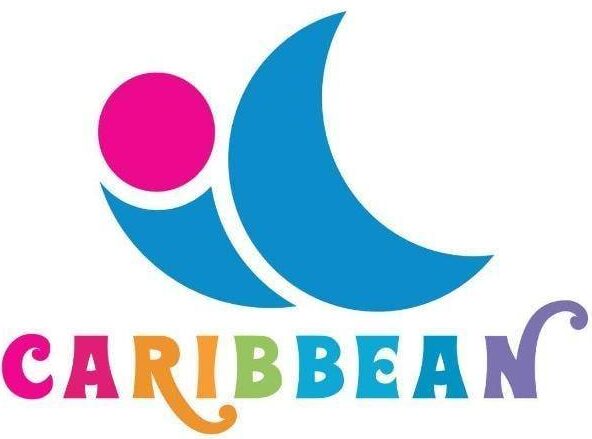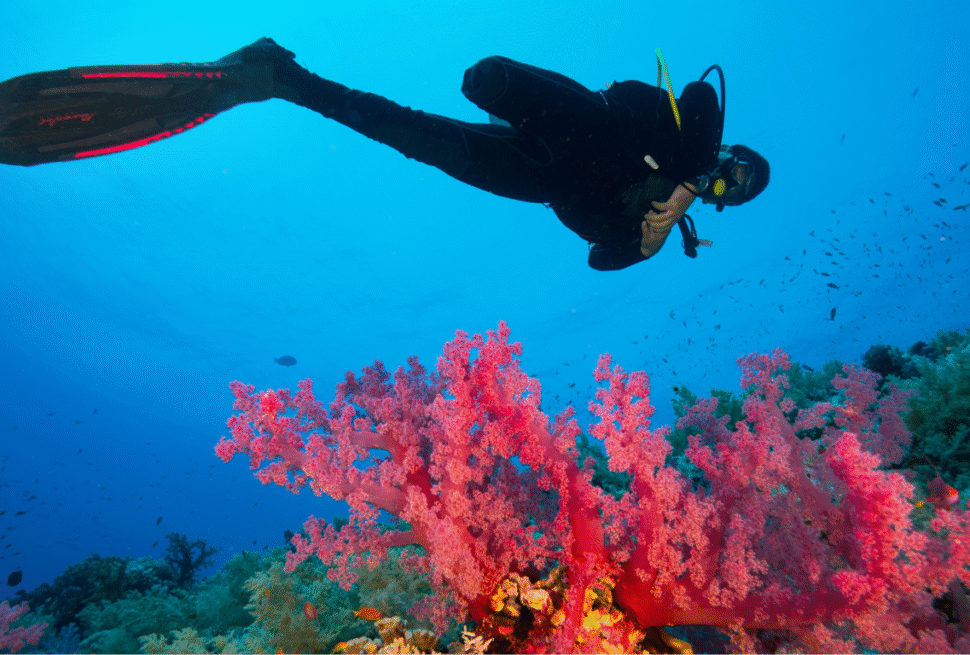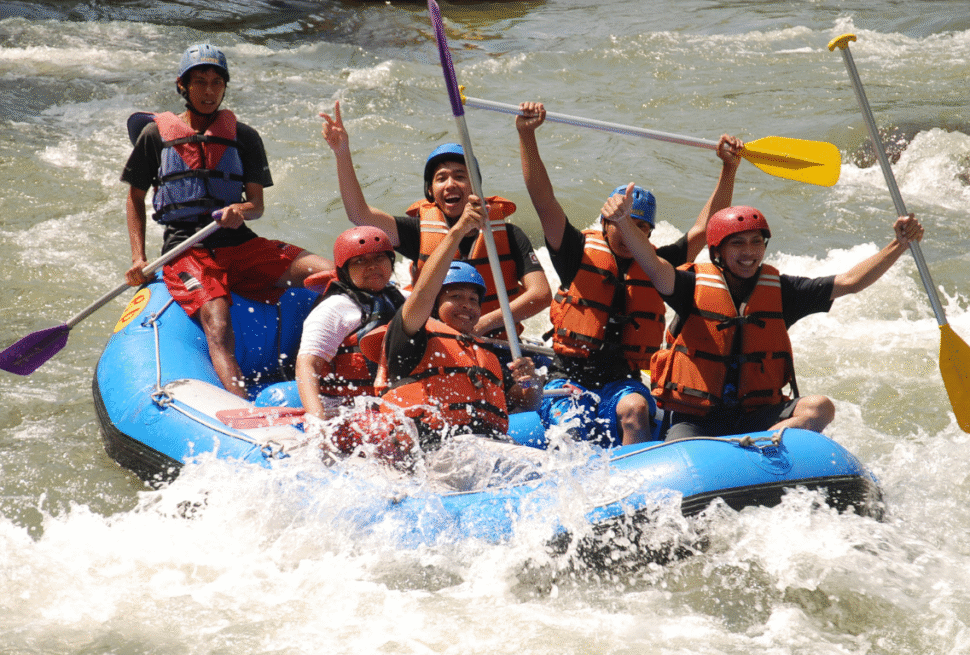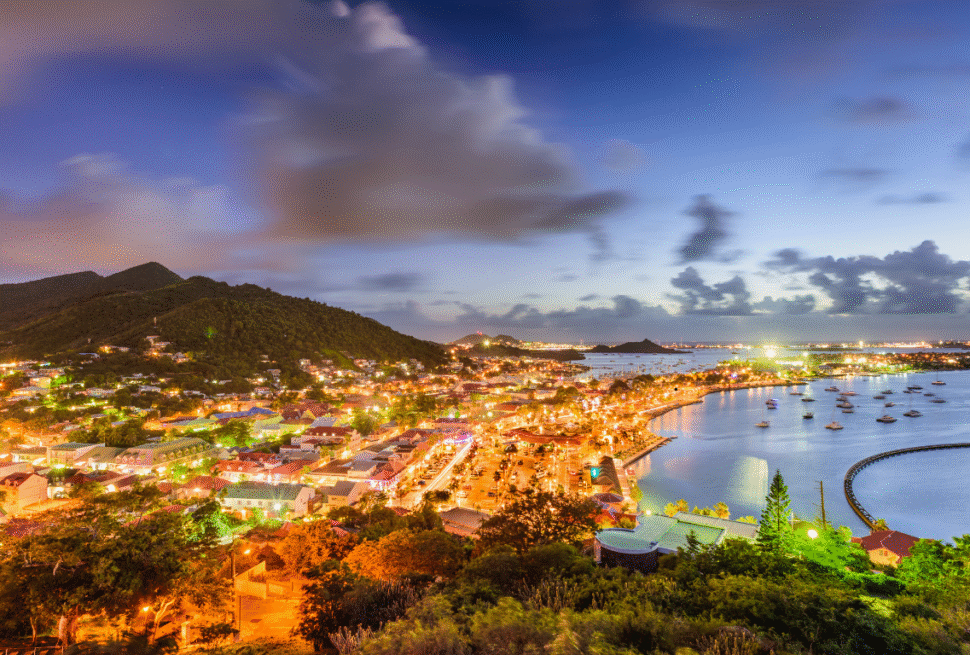Let’s dive into the Caribbean magic that is Jamaica as Destination of the Month! Famous for its reggae roots, spicy jerk dishes, world class beaches, and laid back vibes, Jamaica brings more than just a tropical vacation—it delivers unforgettable soul-soothing experiences.

🏖️ Beaches That Define Jamaica
When you think of Jamaica, the first thing that comes to mind is crystal-clear turquoise waters and powdery white sands. Jamaica’s beaches are legendary.
Start your beach tour at Seven Mile Beach in Negril. Stretching along a serene coast, this iconic strip is perfect for swimming, tanning, and sipping fruity cocktails under swaying palm trees.
Then there’s Doctor’s Cave Beach in Montego Bay—a spot so picturesque it looks like a painting. Whether you love snorkeling or just relaxing, this beach is a must.
Don’t miss Frenchman’s Cove near Port Antonio. It’s where a freshwater river flows into the ocean, offering a truly unique experience that seals Jamaica’s title as a top beach paradise.
🎶 Reggae Vibes Celebrate Jamaica as Destination of the Month
You can’t explore Jamaica without being swept into the rhythm of reggae. This island gave birth to Bob Marley, and his legacy echoes in every corner—from the streets of Kingston to the shores of Montego Bay.
Visit the Bob Marley Museum in Kingston to step into the legend’s life. Dance to live music at Dub Club, or vibe at street dances where locals and tourists groove together under the stars.
Every beat, bass drop, and melody will make your heart dance in tune with the island’s soul.

🎤 Why Reggae Sumfest 2025 Is a Must-Attend Event in Jamaica?
Choosing Jamaica as Destination of the Month becomes even more exciting in July with Reggae Sumfest 2025, the island’s biggest music celebration. Held from July 13 to 19 in Montego Bay, this iconic festival goes beyond music—it’s a full cultural explosion of reggae, dancehall, soca, afrobeats, and hip-hop. This year is especially huge as it marks the long-awaited return of Vybz Kartel to the stage after more than 14 years, alongside top performances from Masicka, Tarrus Riley, and even R\&B superstar Toni Braxton. Reggae Sumfest attracts tens of thousands of locals and international fans, creating a high-energy, week-long vibe filled with street dances, all-white parties, beachside jams, and unforgettable performances. It’s not just a festival—it’s a reason why Jamaica delivers memories that last a lifetime.
🌶️ Jerk Flavors That Spice Up Jamaica

Food in Jamaica is an experience in itself—spicy, smoky, and absolutely unforgettable.
You can’t skip jerk chicken, a smoky, spicy delight grilled over pimento wood. Grab a plate at Boston Jerk Centre or roadside stalls where the flavors are even more fiery.
Pair your meal with rice and peas, fried plantains, or festival bread, and cool down with a sip of fresh coconut water. Don’t forget to try ackee and saltfish, Jamaica’s national dish. It might surprise you how much you love it!
🏞️ Adventures Await in Jamaica
Jamaica isn’t just about beaches and beats—it’s full of wild, natural adventures.
Hike through the Blue Mountains, where the air is cool and coffee plantations flourish. Take a river raft ride down the Martha Brae—relaxing, romantic, and Instagram-perfect.

Daredevils can dive from cliffs at Rick’s Café, or explore underwater wonders while scuba diving off the coast of Negril. Ziplining, tubing, and waterfall climbing (especially Dunn’s River Falls) all scream “Let’s go!”
🛍️ Local Culture & Shopping in Jamaica
A huge part of the charm of Jamaica lies in its people and vibrant street culture.
Explore craft markets filled with hand-carved wooden items, colorful paintings, and handwoven straw bags. Talk to local artisans, try on hand-dyed fabrics, and maybe even join in a spontaneous drum circle.
Head to Coronation Market in Kingston for a buzzing local shopping experience—fruits, spices, laughter, and friendly bargaining.
🏨 Where to Stay in Jamaica
Luxury or budget, beachfront or mountain view—Jamaica has it all.
For luxury lovers, check out Half Moon Resort in Montego Bay or Geejam Hotel near Port Antonio for celeb-style pampering.
Budget travelers can enjoy cozy guesthouses in Treasure Beach or backpacker-friendly hostels near Negril. The best part? Almost everywhere comes with a view you’ll never forget.
✈️ How to Get There for Jamaica
Flying into Jamaica is easy!
Major international airports include:
- Sangster International Airport (Montego Bay)
- Norman Manley International Airport (Kingston)
Direct flights come from the US, Canada, and the UK. From the airport, taxis and shuttles are widely available. You can also rent a car if you want to explore freely.
🚖 How to Get Around Jamaica
In Jamaica , getting around is part of the fun.
Use route taxis (shared local cabs) for an authentic, cheap way to travel. Buses run between major cities, and private taxis are available almost everywhere.
If you’re feeling adventurous, rent a scooter in Negril or Ocho Rios. Just remember—they drive on the left side of the road!
🗓️ Best Time to Visit Jamaica as Destination of the Month
While Jamaica is a year-round paradise.
Want lower prices? Try May to November—a little rain but better hotel deals. Plus, you can catch local festivals and events like Reggae Sumfest or Jamaica Carnival!

🎉 Why Jamaica as Destination of the Month Should Be Your Next Getaway
So, why choose Jamaica as Destination of the Month?
Because it’s not just a destination—it’s a vibe. From the sounds of reggae to the spice in your food, the warmth of the locals to the thrill of adventure, Jamaica gives you more than a trip—it gives you memories that sing.
So pack your bags. The beach, the beats, and the beauty of Jamaica await.





